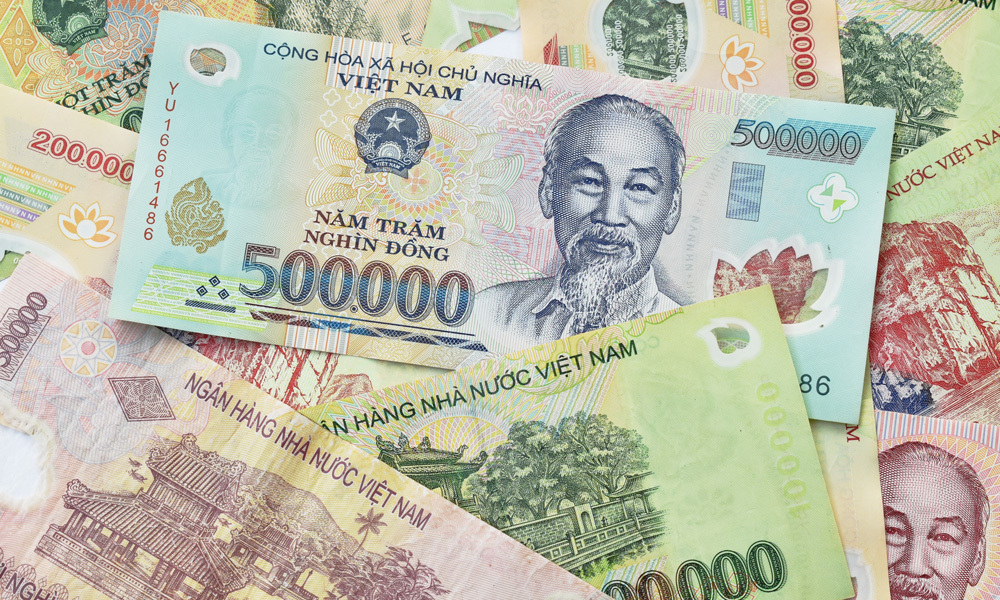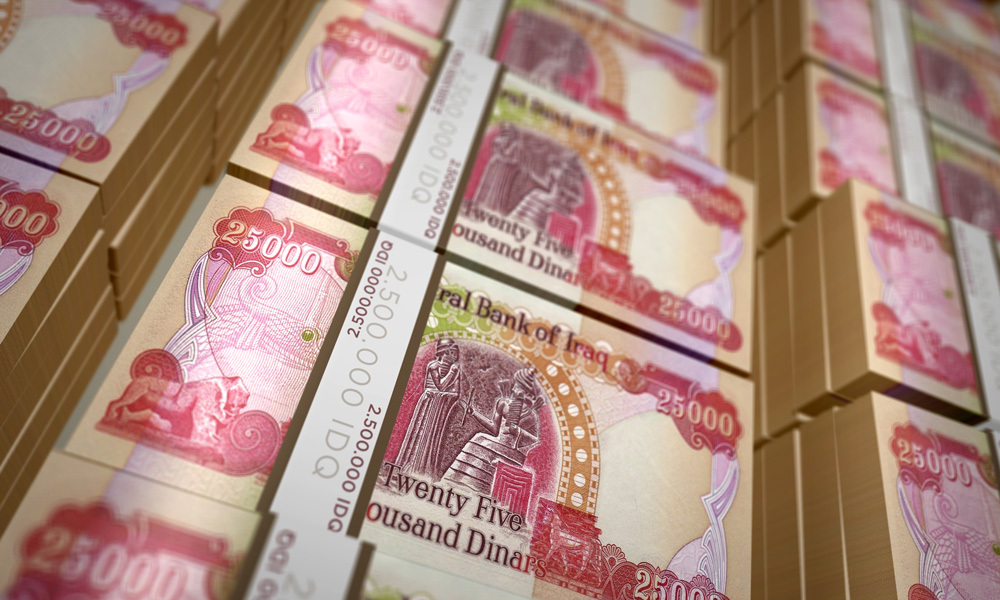Settlement of what’s known today as northern Vietnam began over 2.000 years ago. From 111 BC to 939 AD, the area was part of the Chinese Han dynasty. Independence from China came for the local people after a battle at the Bach Dang River and the new empire prospered for nearly a millennium.
In the early 19th century, the Indochinese peninsula was colonized by the French and Vietnam became part of French Indochina. It was captured by the Japanese during World War II and after the war ended, Ho Chi Minh declared independence from France and established a provisional communist state in the north.
When the French were defeated at Dien Bien Phu in 1954, western nations, fearing the spread of communism, supported an independent government in the south, leading to the Vietnam War. With North Vietnamese victory in 1975, the country was unified under a communist government beginning in 1976.
Money Trouble Begins
Political turmoil and monetary trouble seem to go hand-in-hand, and Vietnam is no exception. During the French occupation the official currency was the French Indochinese piaster, but as early as 1946, the Viet Minh rebels introduced their own unofficial currency, called the dong, on par with the piaster. Two revaluations followed, in 1951 and 1958; the first was at a rate of 100:1, the second at 1,000:1.
Meanwhile, the State of Vietnam, which became South Vietnam, issued its own currency denominated in both piastres and dong in 1953.
After the fall of the south, the South Vietnamese currency was changed to a "liberation đong'' worth 500 old Southern đong. With official reunification, the đong was also unified in 1978. One new đong equaled one Northern đong or 0.8 Southern "liberation" đong.
But the currency suffered from inflation as Vietnam struggled to emerge from decades of war. In 1985, the dong was revalued with “new dong” worth 1/10th the value of the old currency, triggering a cycle of chronic inflation that led to mega-notes being issued in denominations in the hundreds of thousands. After the collapse of the Zimbabwean dollar in 2009, the Vietnamese dong was the second least-valued currency in the world, after the Iraqi dinar.
Dinging the Dong
Since 2014, the dong has been revalued five more times in an effort to spur economic growth and stabilize the currency. It may be working, too. Since 2000, Vietnam's GDP growth rate has been among the highest in the world. Other than a brief drop in late February this year, the dong has remained fairly stable at a US dollar exchange rate of around 23,000:1 or 230 to a US cent.
And while hyperinflation has made the currency virtually worthless except in huge numbers, its real value lies in the beautiful multi-colored artwork that depicts scenes of Vietnamese culture and history on the reverse side of the bills. This makes the Vietnamese notes of particular interest to currency collectors and fans of international history.
The Great American Coin Company® is pleased to offer Vietnamese bank notes in denominations of 500 to 500,000 dong as collectible or novelty items, as well as bundles of Vietnamese notes totaling 1 million face value.
Please note: Great American Coin Company IS NOT selling the Vietnamese Dong on a speculation basis. We are a purveyor of numismatic collectibles and as such we are selling the Dong as a collectible only.
The Great American Coin Company has an extensive selection of international banknotes to add to your currency collection. They make fine additions to collectors’ portfolios, are great mementos of foreign journeys, or are unique novelty items for imaginative gift-giving. They are sold as novelty or collectible items only with no monetary value. Their prices are based solely on market supply and demand, and as such can vary.
Our inventory is constantly changing, so be sure to check back often.



